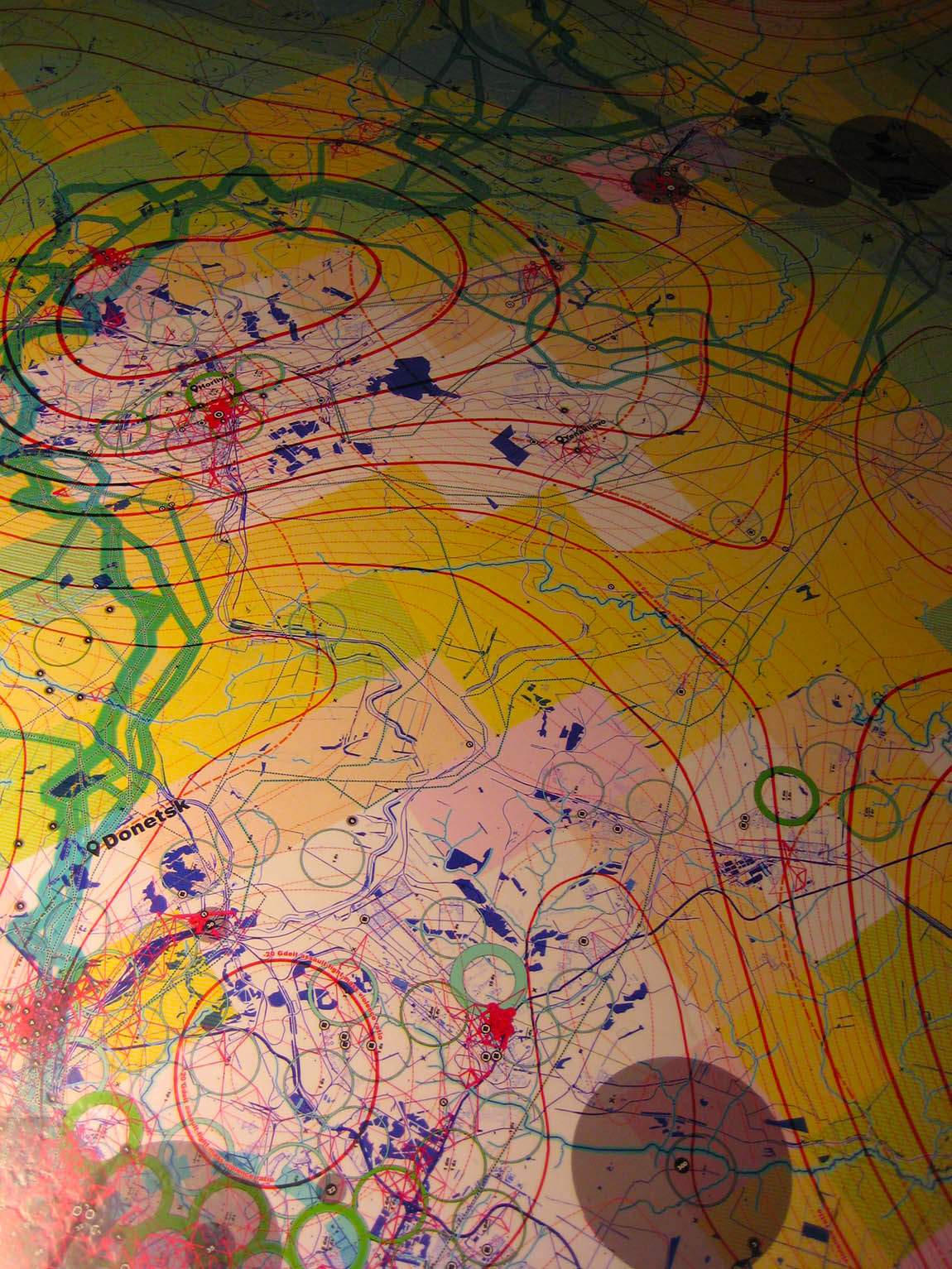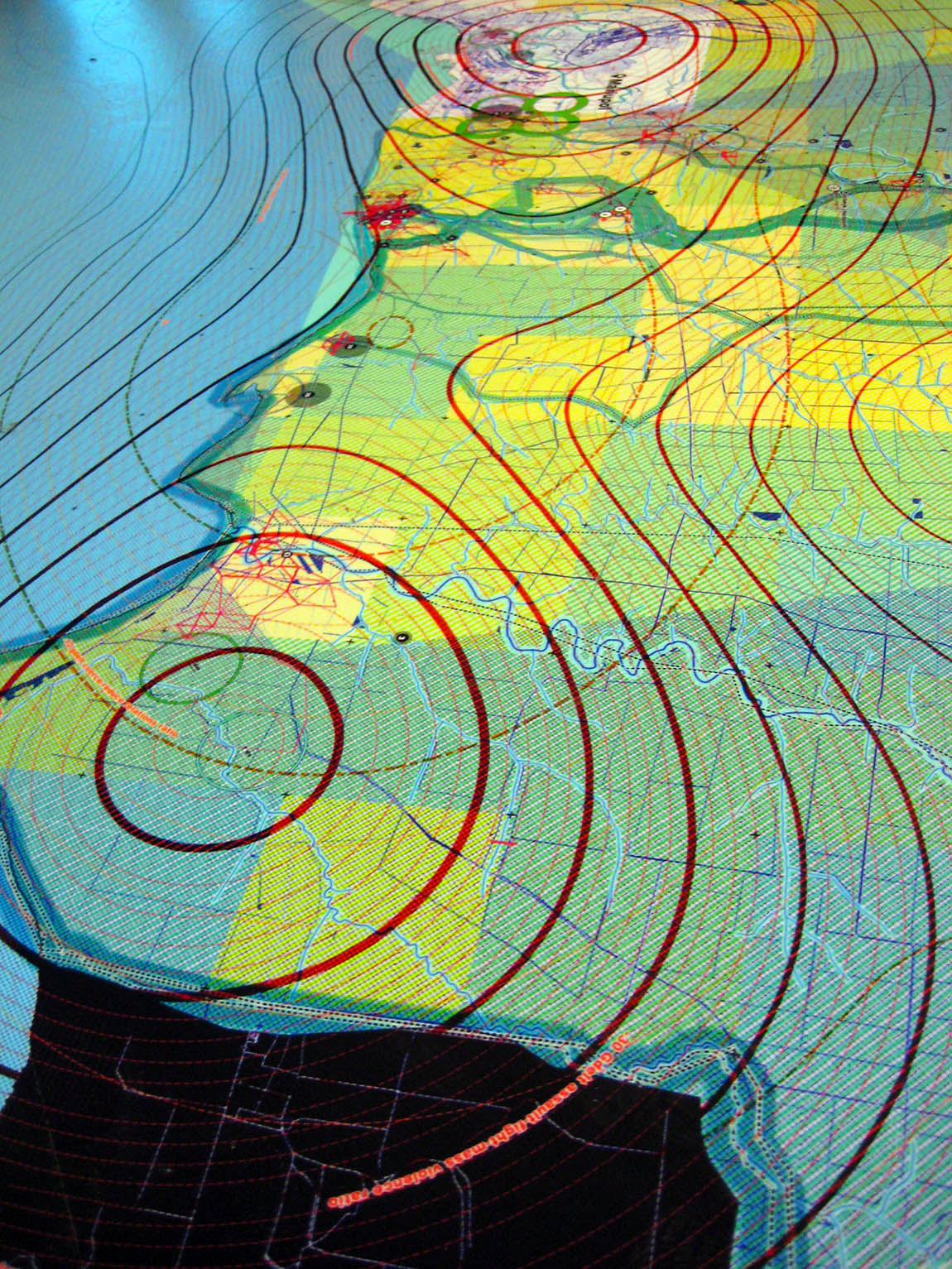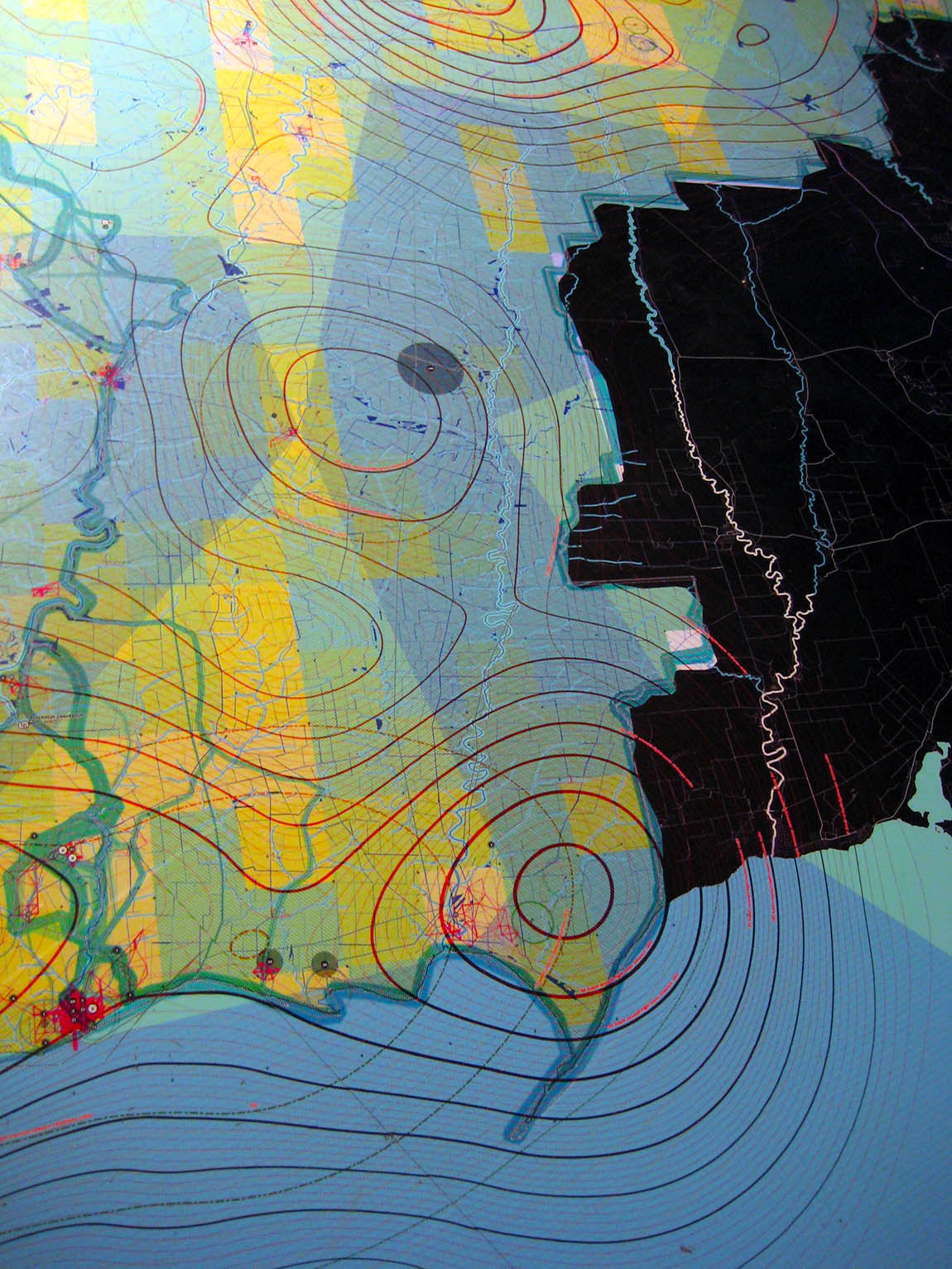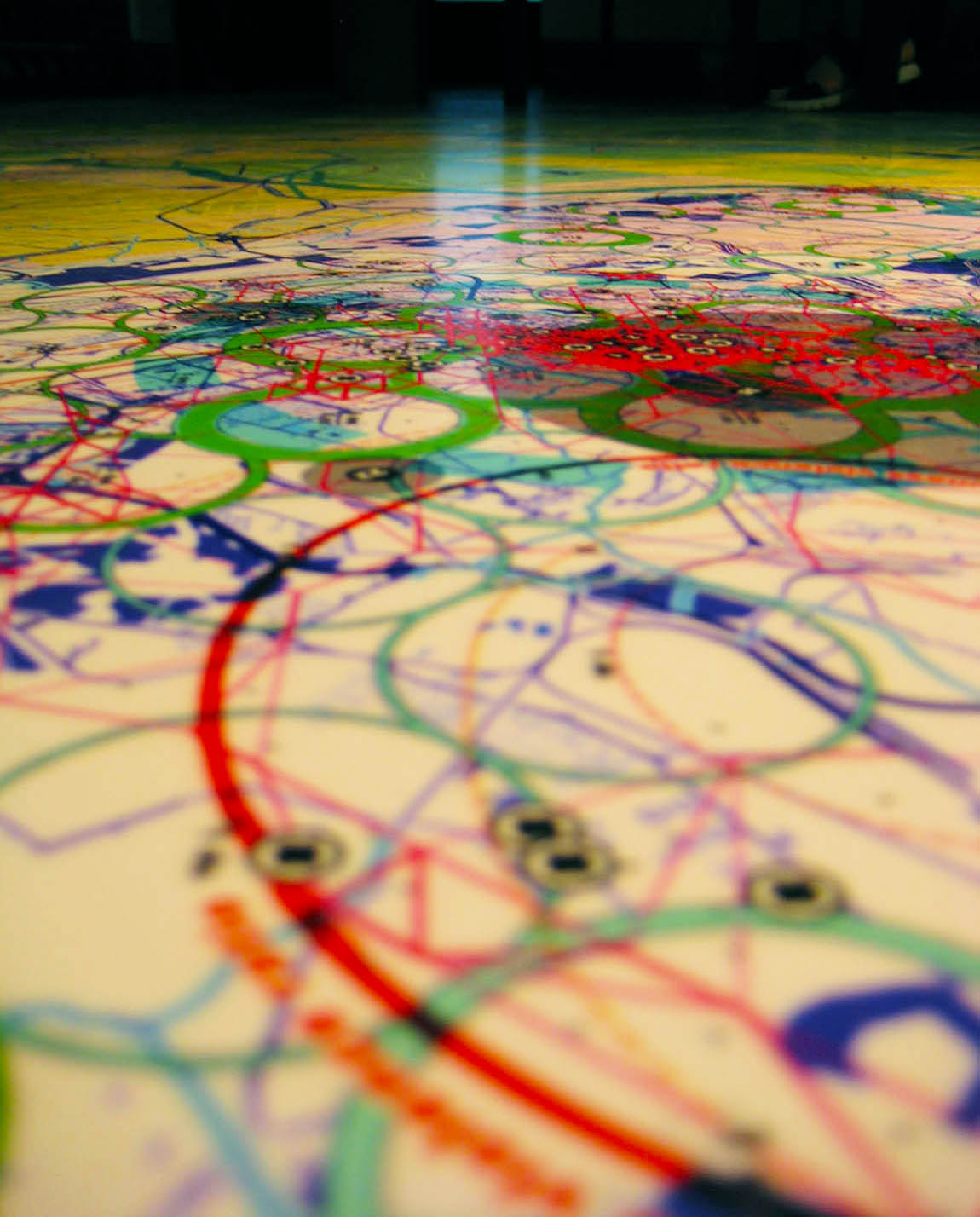dataWar
big data in times of war
the ukraine war explained throught cartographies made with data
see the map
data sources:
GAR15
data sources:
OSM
data sources:
Redonbass
data sources:
Liveumap
data sources:
GDELT
data sources:
Flickr
data sources:
OCHA
data sources:
Others
-
photos










